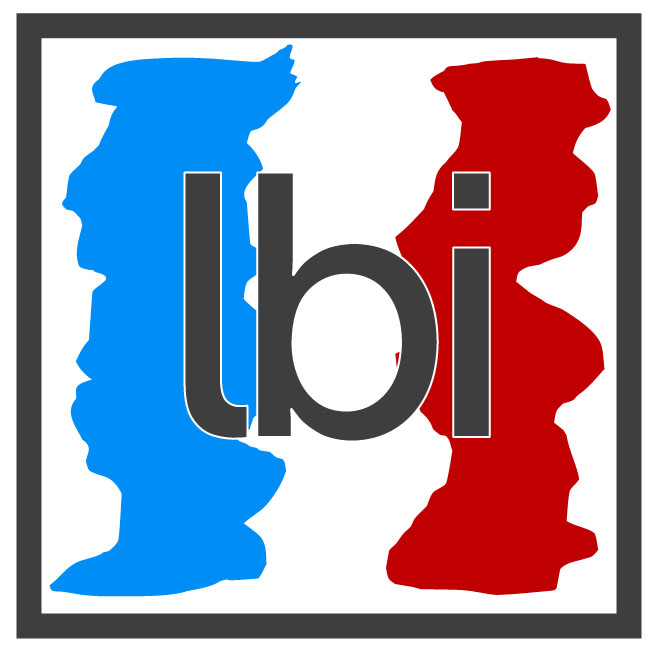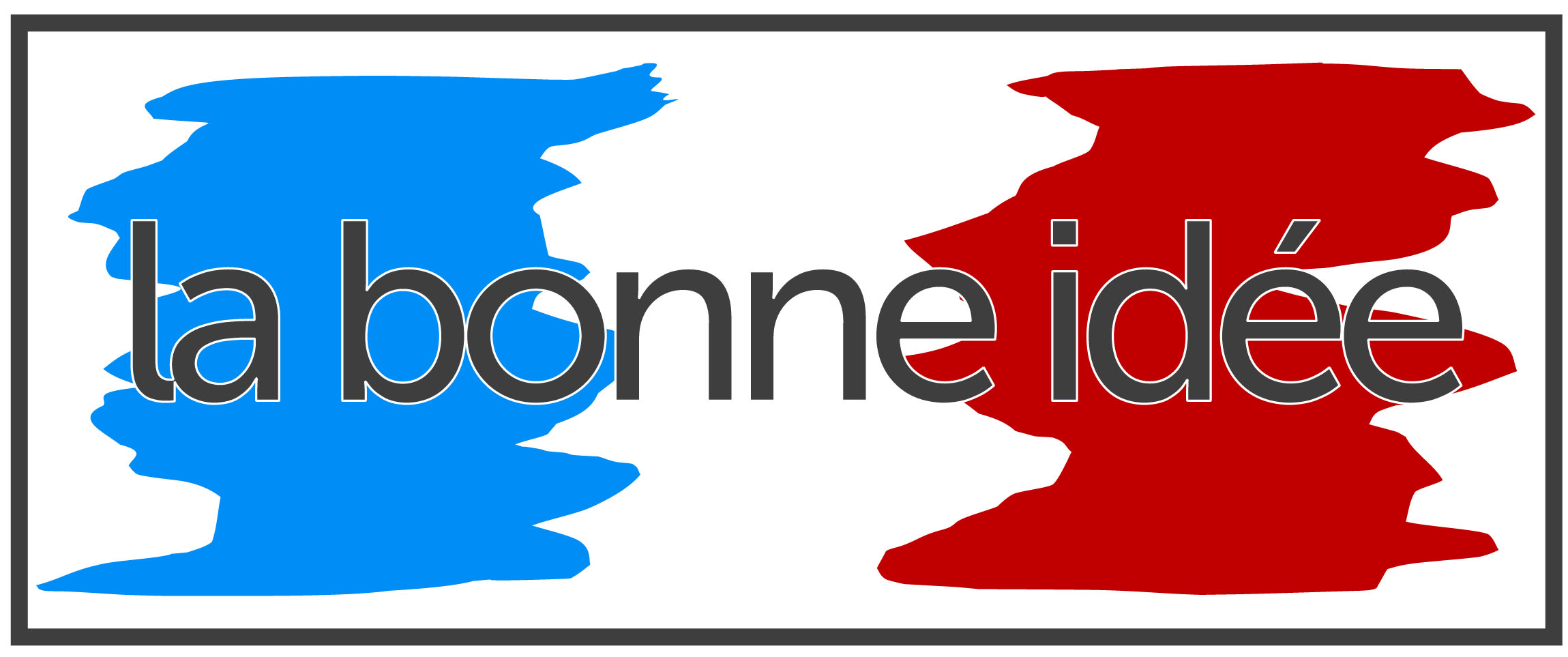
"I write to understand as much as to be understood." — Elie Wiesel |
W H Yi II B L O G |
Two distinct ideas are the impetus for this blog. The first is that I occasionally want to express important ideas and see this platform as an effective way of doing it. In promoting an awareness of relevant issues, I simultaneously seek to initiate an open-ended dialogue about them with anyone who may come across my blog. Influenced by other blogs and the personal edification derived from reading them, I’ve seen how a well constructed and properly maintained blog can stimulate thinking and promote intellectual engagement. And in keeping with Elie Wiesel's quote, writing about these ideas will also help me clarify my own thinking and understanding of what I see unfolding around me. The second is admittedly more utilitarian. Though I see it as an example of academics gone awry, in my line of work a professor is increasingly obsolete without any kind of popular media presence and electronic visibility. The pressure on a professor to be media-conspicuous comes from the broader culture, but it is made worse by the consumer model of education that many academic institutions (mine included) have embraced. Among other things, academic consumerism requires that professors treat students as “customers” whose educational preferences invariably shape the “product.” Arguably this pressures many professors to give students what they want, regardless of its true academic value—one need look no further than grade inflation for the evidence. From a broader perspective, such consumerism turns higher education into a glorified set of steak knives, while professors become the marketplace hucksters selling this cutlery. If René Descartes were living today and teaching at a middling American university, I’ve little doubt what he would conclude: je vends donc je suis [I sell therefore I am]. Obviously these two ideas are often in opposition, meaning that this blog represents an unholy compromise. On the one hand it uses a popular and somewhat superficial medium to reach as many prospective readers as possible, including inquisitive students. But on the other it’s dedicated to the relatively rare but indispensable practice of critically examining how people are connecting the present with the past. |
||
 |